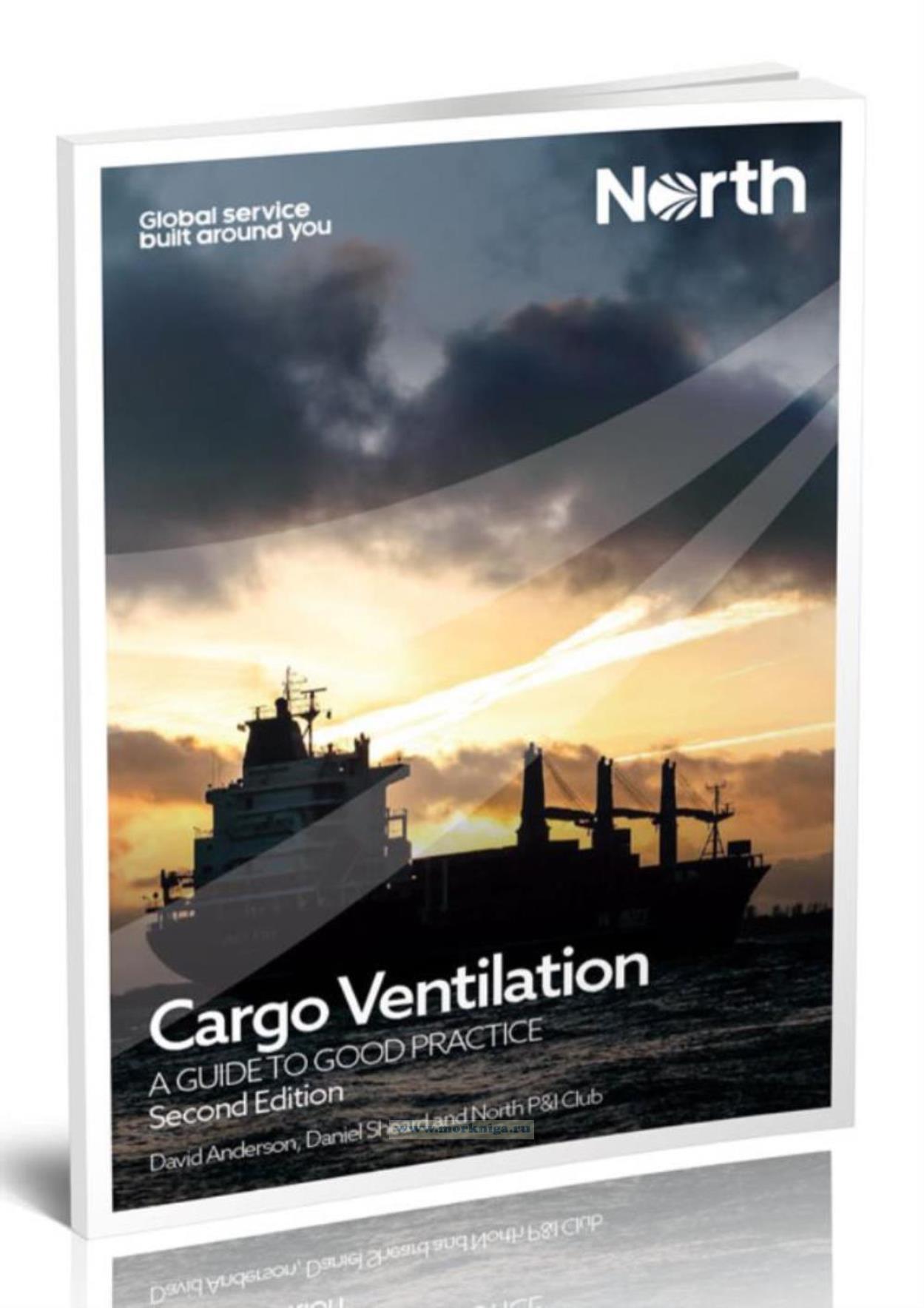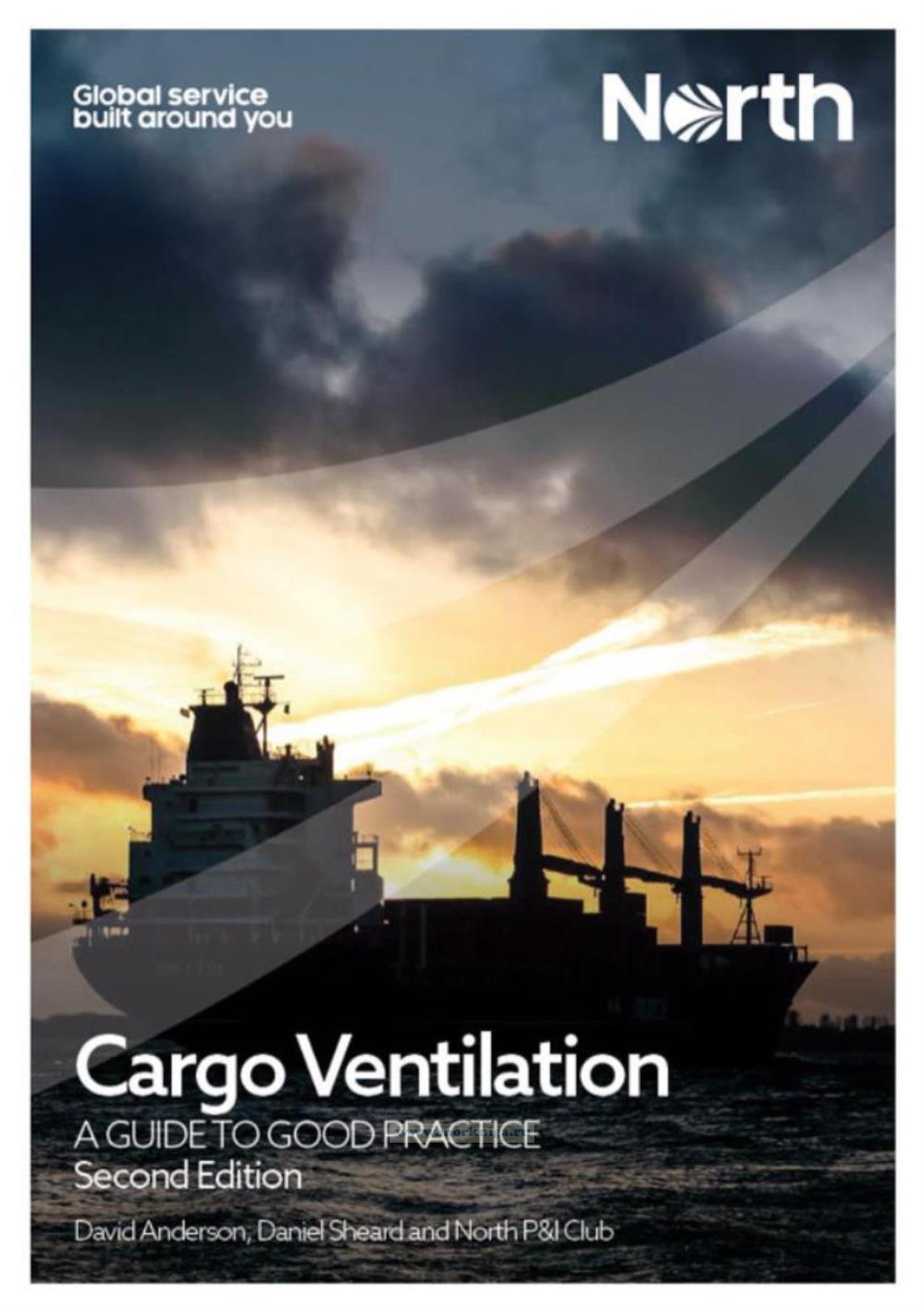Cargo Ventilation. A Guide to Good Practice/Вентиляция грузового отсека. Руководство по передовой практике
Книга на английском языке
There are numerous reasons for ventilating a ship’s holds. Among these are:
ensure an adequate oxygen level for people to enter the holds
remove poisonous, flammable gases or fumigant gases
attempt to prevent condensation or ‘sweat’ (Fig. 1).
Prevention of sweat is probably the most common reason for ventilating.
However, it seems to be the one which causes seafarers and ship operators the most problems, and it is the one on which this guide will concentrate.
Contents
1. Introduction
Why ventilate?
Safety
How to use this guide
Glossary of terms
2. Quick reference
When to ventilate
Cargoes that may require ventilation
3. Practical guidance
What is sweat? The simple explanation
Know your cargo: hygroscopic and non-hygroscopic
Finding the dew point
Three-degree rule – for hygroscopic agricultural cargoes only
How effective is ventilation?
When should cargo be ventilated?
When should ventilation be stopped?
Types of ventilation system
Importance of record keeping
4. Practical considerations
Stowage
Dunnage
Cargoes which do not fit the rules
Equipment for measuring the dew point
Myth or truth?
5. Scientific background
Air, moisture and relative humidity
Relative humidity and dew point – an example
How much condensation is produced?
Hygroscopic cargoes
Scientific rational for ventilation
Index

